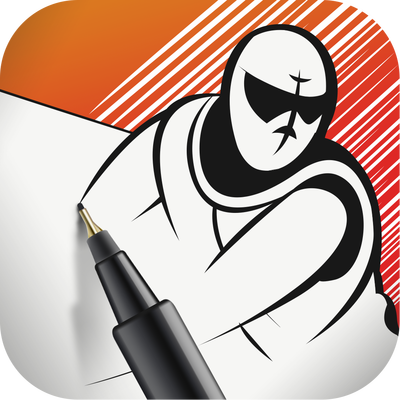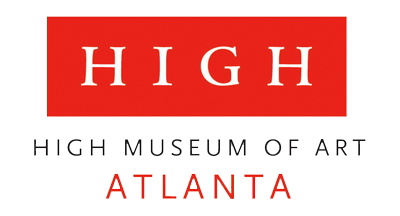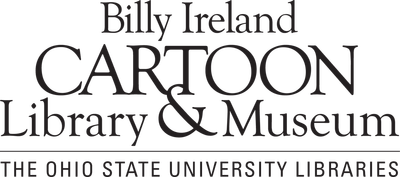|
The Creators on the Come Up interview series highlights noteworthy emerging artists in the comics field.
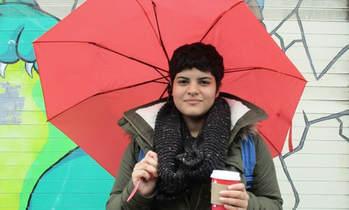
Kelly Fernandez
"I wish there was someone when I was younger to tell me that there isn’t one path to being a comic artist." kelly-fernandez.com @k3llyfernandez Bio: Kelly Fernandez is a cartoonist from Queens, New York. She was the recipient of the CAKE’s annual Cupcake Award in 2017 and a winner of Scholastic’s “Get Published by Graphix” competition. Her work has appeared in various comic anthologies such as Mine! and Dates: Volume 2 , as well as the teen literature and comics magazine CICADA. Her work often stars Latino women, and usually has something to do with folklore, monsters, or video games. When she’s not at her desk, you might find her looking for new places to eat or singing karaoke with friends. Where are you from? I was born in Queens, New York. My family is from the Dominican Republic. Where did you grow up? I grew up in Flushing, but I also spent a lot of time in Jackson Heights. How did your experiences affect your art? I think I was just exposed to a lot of things that come with being in a city as diverse as Queens. Flushing has a large Asian population, while the area of Jackson Heights that I grew up in has a large Latino population. As I’m getting older I’m realizing how being a part of both communities has affected me as a person and an artist. I went to school with kids who came from families who were Irish, Italian, Korean, Chinese, Mexican, Ecuadorian, and Colombian, and those are just the kids I can remember off the top of my head. We all brought different things to the table but we still all had things in common. I think it’s influenced what I like to draw, my artistic style, and the stories I tell. You received a publishing opportunity through Scholastic. How has that experience been? It’s been great, and also kind of surreal. I love working with my editor, and my new agent has been a tremendous help in giving me feedback on my story. I’m realizing it’s a lot different than working on a mini comic, since there’s so many steps and other people involved. But it’s been like a dream. You are currently a graduate student. What drove you to pursue a Masters degree? It was just a personal choice. I got my bachelors in graphic design, and I tried working in that field for a little bit after graduating. I didn’t like it at all, and freelancing has been difficult for me. Right now I’m studying to be a librarian so I can still be involved in the comics, since the public library was the place where I went for comics as a kid. What type of stories do you like to make comics about? I mostly like writing light-hearted stories, but I’d like to dip more into horror and suspense in the future. For me, making comics is like an escape from the real life, so I like to make cute, fun stories as a stress relief. I’m also trying to write stories that star latinas, regardless of the genre. What’s your process? Elaborate on how you work through your projects. How do you break up your time for your projects at different stages? I spend a lot of time writing and sketching in my notebook first. Usually my projects start with a drawing of a character and if I like them enough I ask myself: “what is this person’s story?” Then I write out the story with words (and drawings on the margins), and I might write a script if it’s a longer comic. If the comic is short (2-12 pages), I’ll go straight to thumbnails. After that I pencil and ink after thumbnails, and finally add color or graytones at the end. I try to give myself more time than I need whenever I start a project, just in case! What do you recommend to aspiring artists that you wish you had known much earlier? I would recommend artists to just take care of themselves, mentally and physically. I wish there was someone when I was younger to tell me that there isn’t 1 path to being a comic artist: For a long time I had a chip on my shoulder because I didn’t go to an art college and I felt like I would never be good enough. There are times where I go into slumps because there are artists who are better than me, doing better than me, or had better opportunities than me. I think every artist has their hang ups, but you can’t let those things keep you from doing what you want to do! What do you love best about making comics? I really like writing and drawing quick thumbnails, it’s my favorite part of making comics. It’s the most creative part, I think, and nothing is set in stone yet. Everything is still fast and loose in that stage. What do you wish was different about the comics industry? I’ve always wished that the comics industry was more diverse, but I think we’re slowly but surely getting there. Which books do you recommend artists should have in their reference library? Favorite instructional material? I would recommend “Drawing Words and Writing Pictures” and “Mastering Comics” by Jessica Abel and Matt Madden. My professor used those books in college to teach us comics and they were incredibly helpful. I would also just recommend collecting books and mini comics from your favorite artists and peers. I think you learn the most from example, and seeing what other people are doing can be inspiring.
Top 5 Favorite Artists?
Osamu Tezuka, Tove Jansson, Junji Ito, Yoshihiro Tatsumi, and Kyohiko Azuma
Top Favorite Comic characters?
I love all the Moomin characters, and my favorite Tezuka characters are Black Jack and Astro Boy.
Top 5 Favorite comics, graphic novels?
Here are some series that I’ve read over and over again: Black Jack by Osamu Tezuka, Uzumaki by Junji Ito, School Zone by Kanako Inuki, The Drifting Classroom by Kazuo Umezu, and Yotsuba&! By Kyohiko Azuma.
What type of work are you interested in doing? Now? In the future?
I’d like to keep making comics, but I’d also like to try writing chapter books and picture books. I’ve always wanted to work on a video game or try storyboarding, too. How can others find/ purchase your work? You can find my work on my website! it’shttp://kelly-fernandez.com/
1 Comment
This comic video features El Cómico having superhero struggles.
Checkout the Prime Vice Soundtrack.
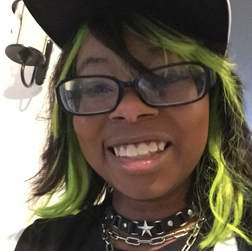 Brittani Alexia @kuroitani "I enjoy telling captivating stories through my art!" Bio: Brittani Alexia is self-taught traditional and digital artist with a focus in Japanese manga. She is currently a graduate student at Savannah College of Art and Design (SCAD Atlanta) finishing up her MFA in Sequential Art. Where are you from? I ‘m originally from Florida, but later moved to Georgia when I was four. Where did you grow up? I grew up in Lawrenceville which is about half an hour north of Atlanta. It’s a decently populated suburban area, so I was around a diverse group of people growing up. How did your experiences affect your art? As a young kid, I really got into Japanese anime and manga and started drawing manga a lot. As I got older in high school is when I wanted to create my own stories. I was always drawing in between classes even into college. My biggest influence ironically came from Tetsuya Nomura after seeing his game, Kingdom Hearts. From there I wanted to do what he did and that’s where the idea of making manga became a passion. You recently received a publishing opportunity. How has been that experience? I’m in the finalization process with the publisher. However, that is all I’m allowed to say for now. As far as experience, the idea of being picked up is still sinking in for me. I’m slowly realizing that I’m now entering the professional world which I’m really excited about. You are currently a graduate student. What drove you to pursue a Master’s degree? Even though manga was my passion, I went into computer science for my undergraduate. For a while, I thought I could do programming since I was decent with it. However, after working for two years in the field, I soon found out I hated it. So, I figured I had nothing to lose, and applied to SCAD’s master’s program. During that time, I learned if I was going to have to work, I might as well do something I love. How has the SCAD MFA experience been for you? It has been amazing! I came into the program wanting and willing to learn as much as possible to get to professional quality with my work. It paid off. I’ve met so many great people and had so many opportunities to grow and learn more about the comic industry. I don’t regret a single day. What type of stories do you like to make comics about? I tend to skew more psychological and create stories that deal with tough issues such as inner growth, self-love and self-worth as well as depression and anxiety. I always enjoyed these kinds of stories more that were character driven. Especially after going through some rough parts of my life in college, I really felt the need to create stories based on what I learned dealing with such issues. What’s your process? Elaborate on how you work through your projects. How do you break up your time for your projects at different stages? I first start off with an idea that I would want to read, then turn that into story beats and write out a comic script. While developing the story I start off with the characters and their looks and personality. Then go into their story. Once that’s completed, I start thumbnailing out pages traditionally, then take them into the Clip Studio. I try to spend no more than a week on thumbnails. Once in Clip, I immediately start inking digitally. I tend to get one page inked completed in about two hours, and schedule myself based on the deadline. What do you recommend to aspiring artists that you wish you had known much earlier? What would you tell yourself 20 years ago? Study the foundations of art first. Doing things like figure study and environments goes a long way if you have that strong foundation. I know some may feel that want to stylize their work, but I’m telling you that will come naturally. Also, it’s okay to reference other artists outside your preference. Although my look is manga, I’ve learned to pull techniques and ideas from artists from a wide range of styles and mediums. I tend to take other approaches and try to adapt them into my style. What do you love best about making comics? Seeing my characters and their story come to life makes all worth it. Like even if I’m struggling to get a page out or get frustrated during the process, I get this feeling of excitement when I see it come together on final pages. What do you wish was different about the comics industry? I wish there were more known female POC creators out there. I feel sometimes I’m one of very few people who look like me doing manga-styled comics, even with other comics in general. I feel that there is a still a glass ceiling many artists are still trying to break through. Though I have noticed this is changing. Which books do you recommend artists should have in their reference library? Favorite instructional material? Have artist books from your favorite artist. I like seeing process work, and how they get to the final product. I collect artbooks from various artists and try to reference them whenever I want to get inspired or figure out a new process. I also buy figure study books. Top 5 Favorite Artists? Tetsuya Nomura Akira Amano Jorge Jiménez Kohei Horikoshi Chiho Saito Top Favorite Comic characters? Utena from Revolutionary Girl Utena Cairngorm from Houseki No Kuni Izuku Midoriya from My Hero Academia Kaneki Ken from Tokyo Ghoul Top 5 Favorite comics, graphic novels? With Great Abandon My Hero Academia Houseki No Kuni A Silent Voice Tokyo Ghoul What type of work are you interested in doing? Now? In the future?
For now, my main focus is my current comic. However, in the future, I wouldn’t mind collaborating with others creators on different projects/anthologies. How can others find/ purchase your work? Find my work on Instagram, Twitter, Tumblr, and Facebook as @kuroitani.
Here is a teaser trailer to introduce you to characters from the Prime Vice Comics universe.
CLOKAS
|
Archives
November 2023
Categories
All
|
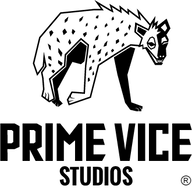
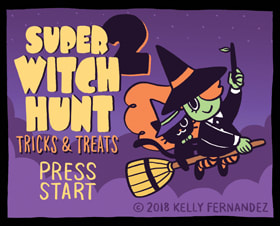
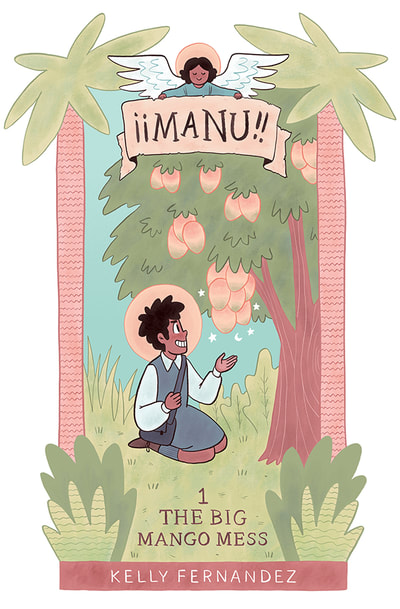
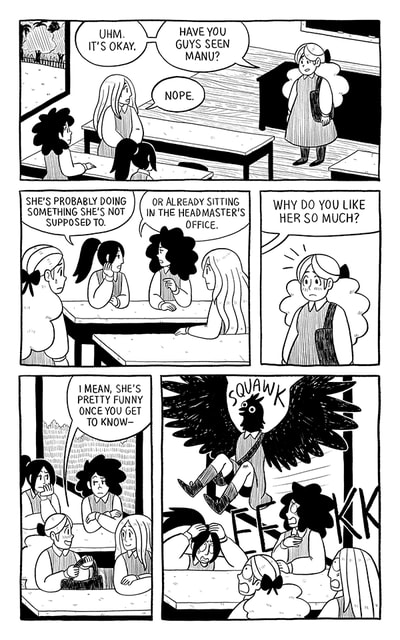
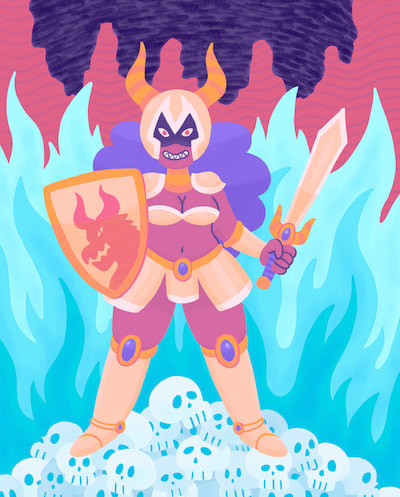







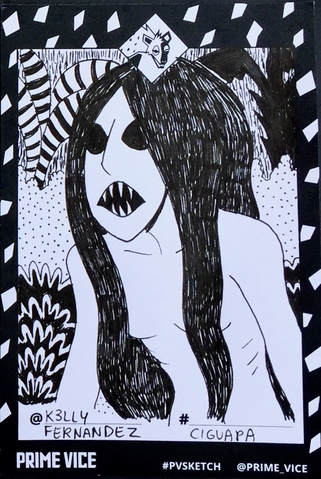
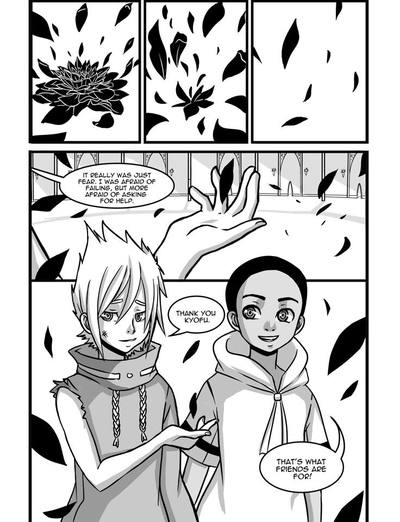
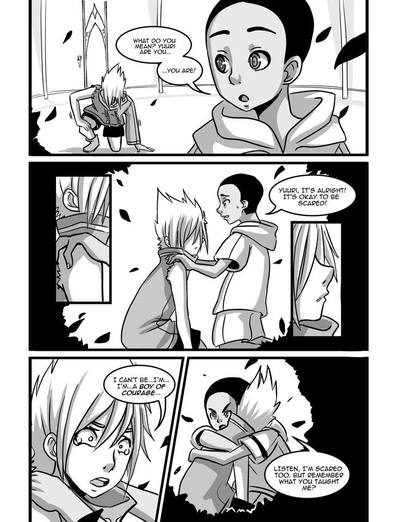
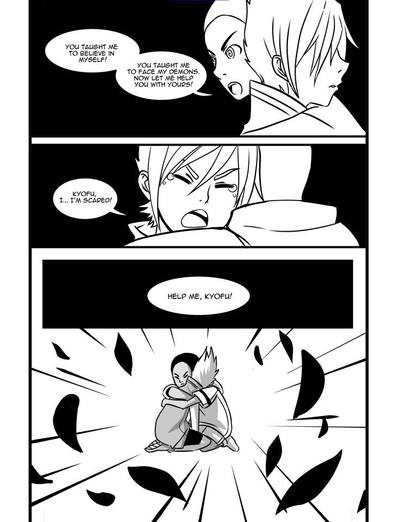
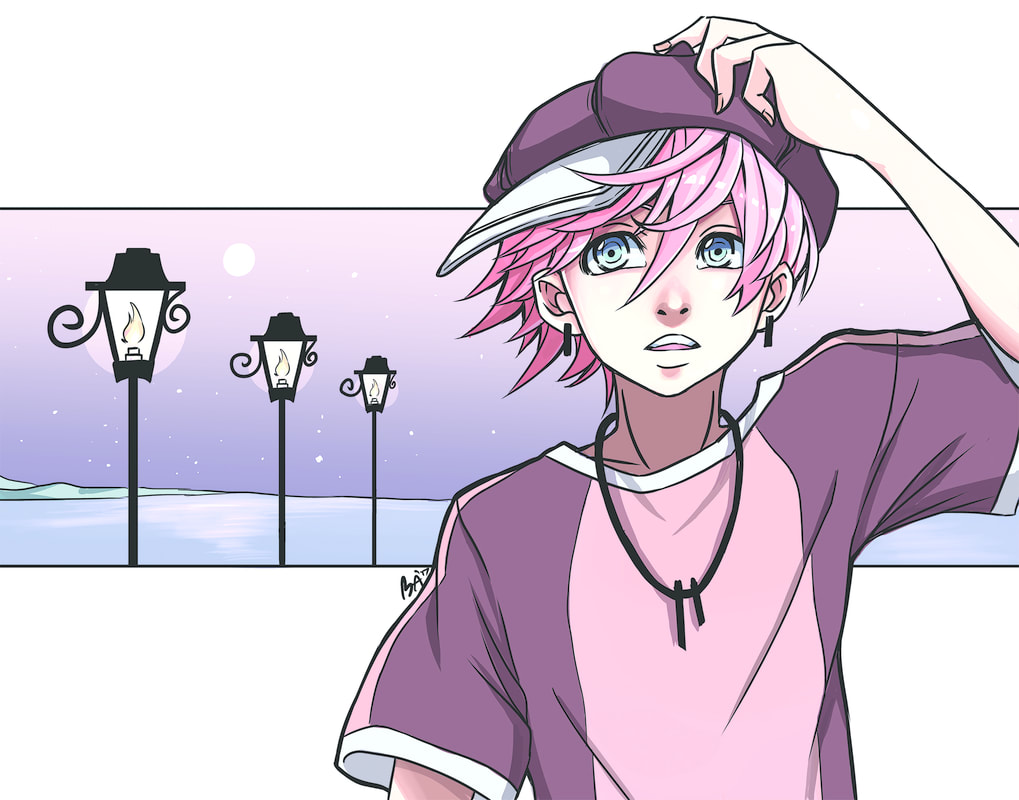
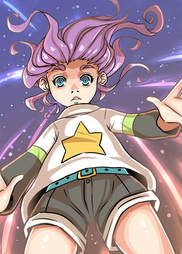
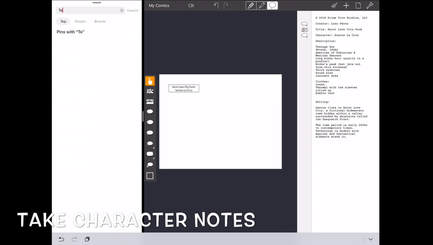
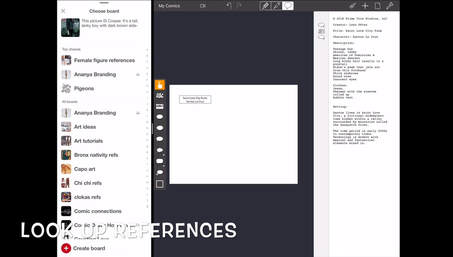
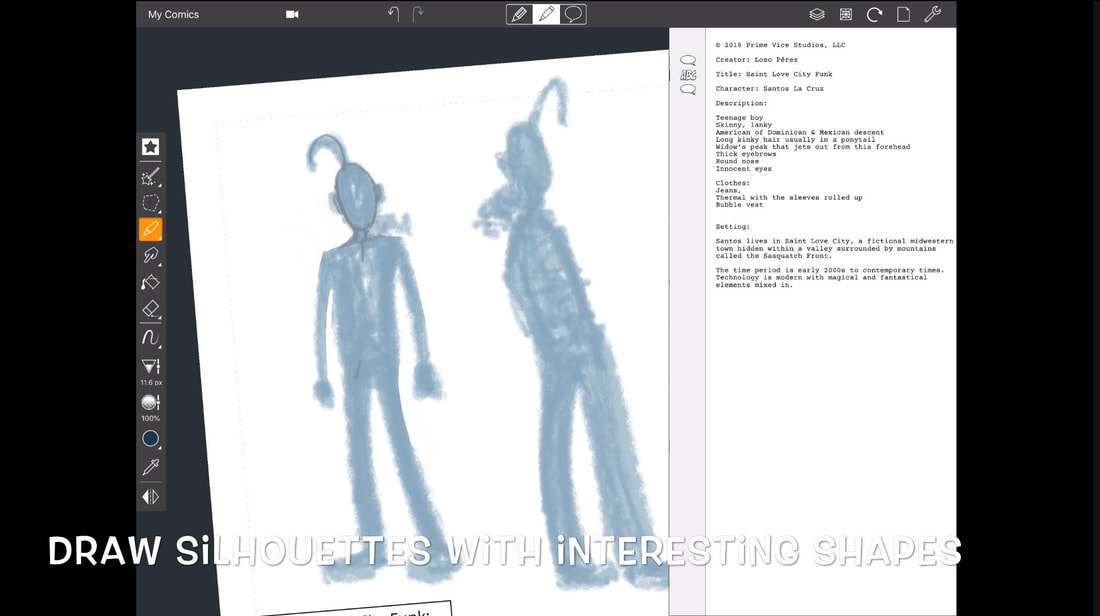
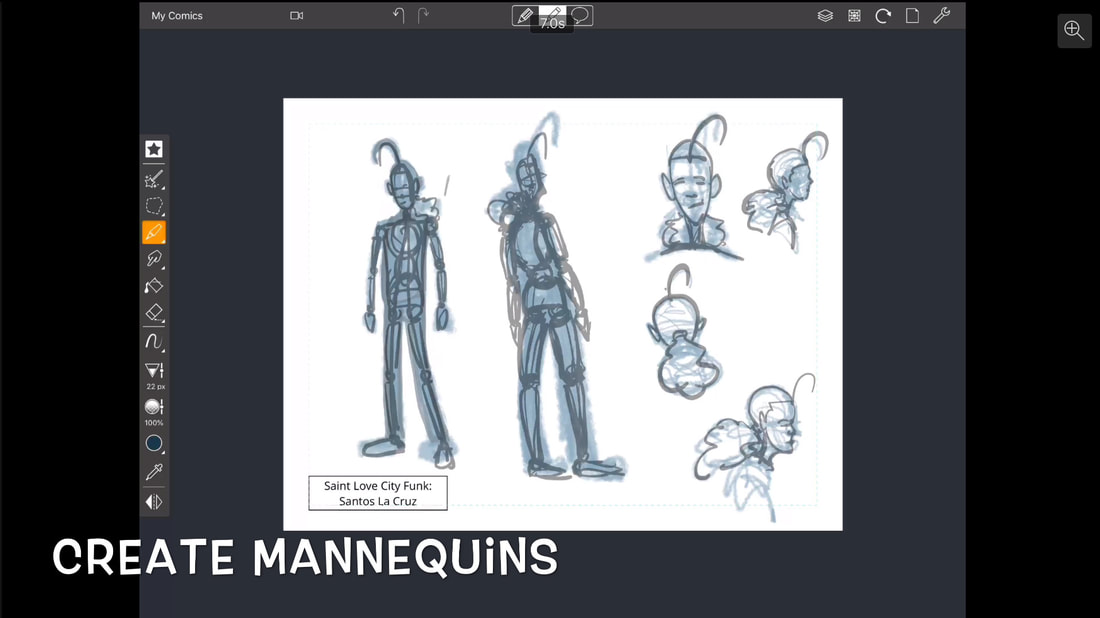
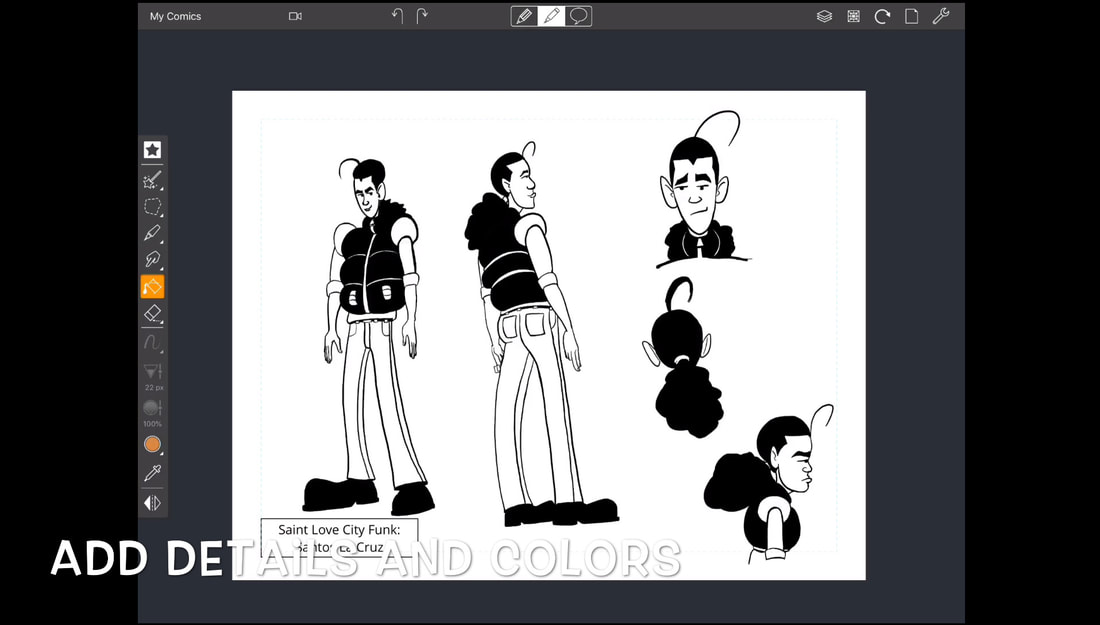
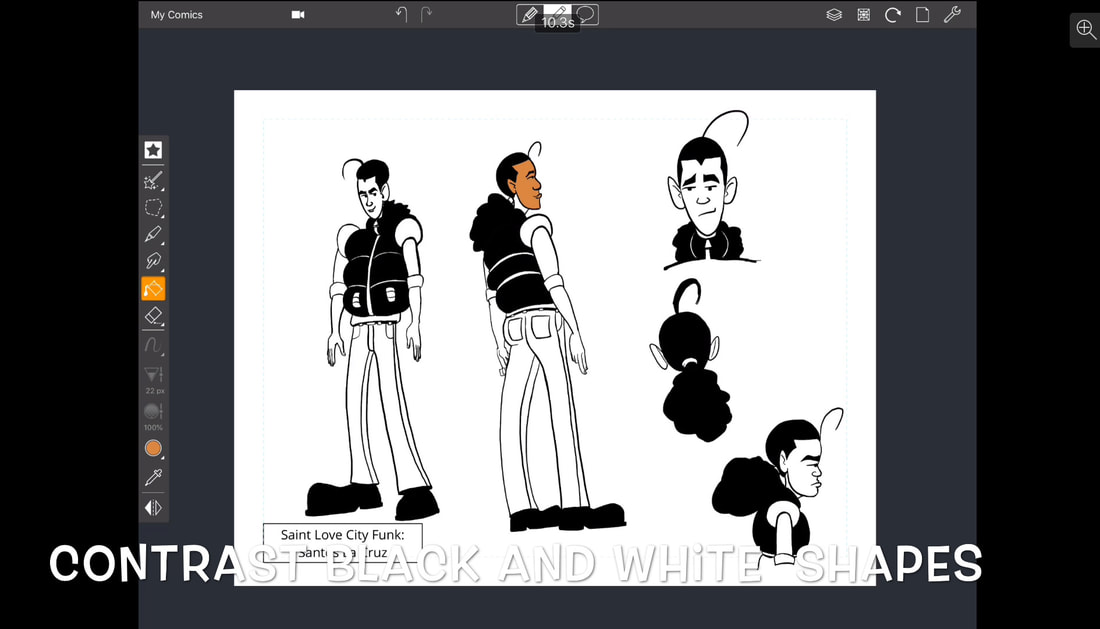
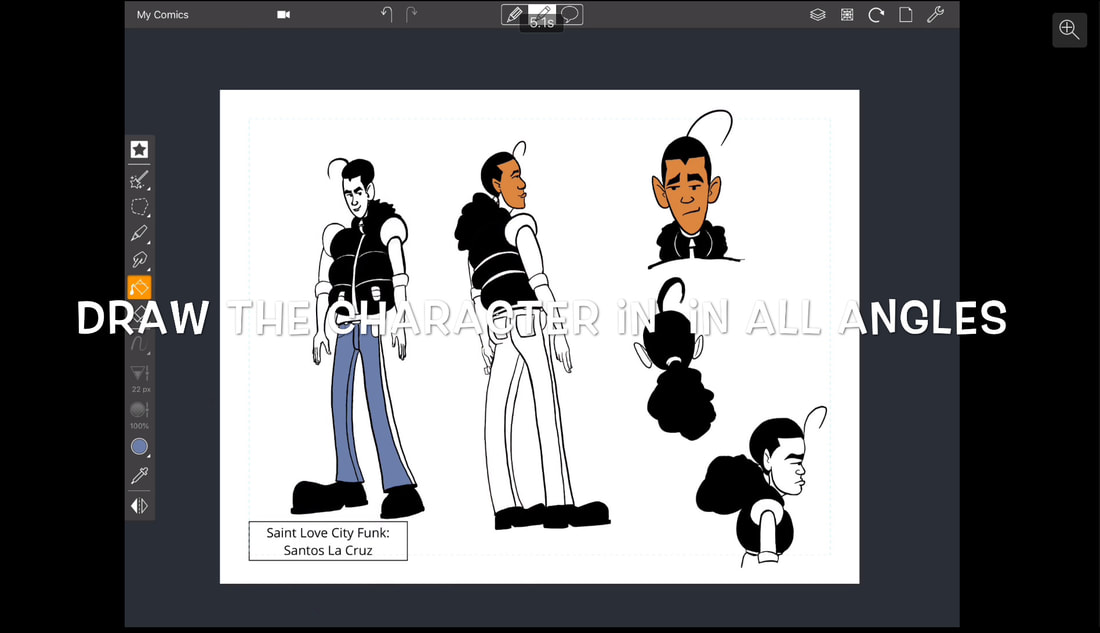




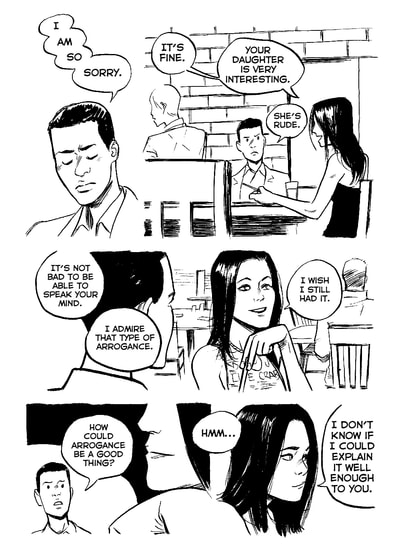
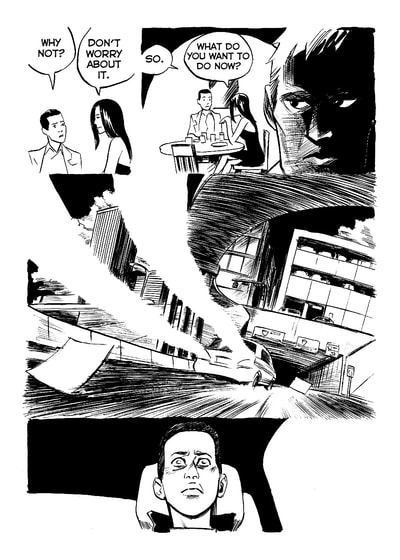
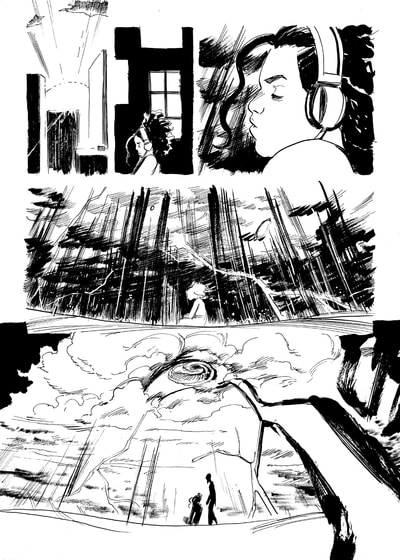
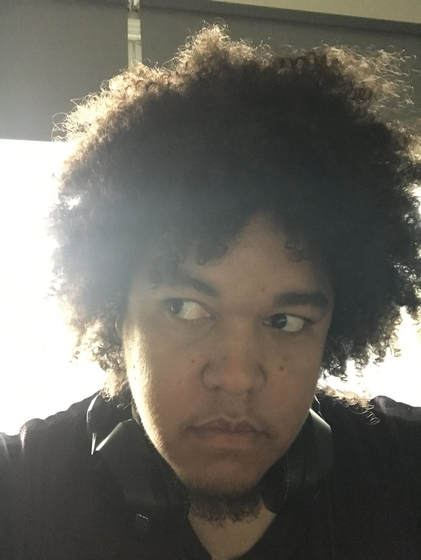







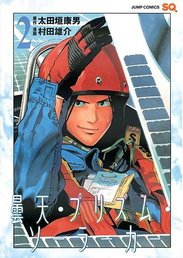


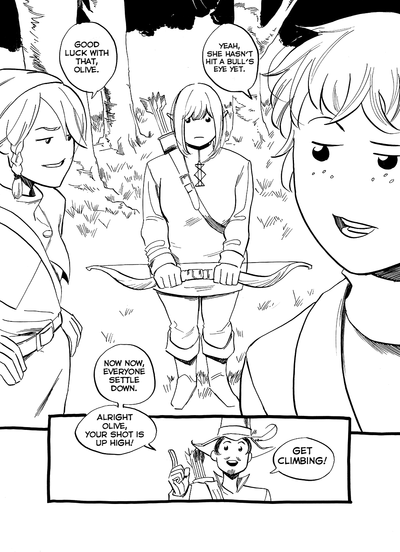
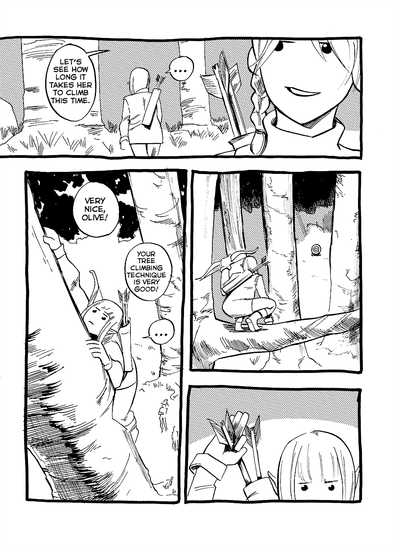
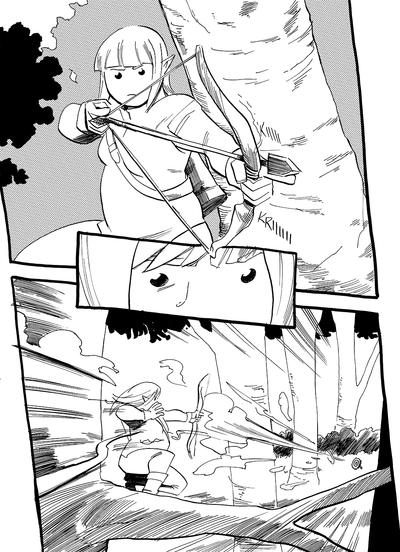
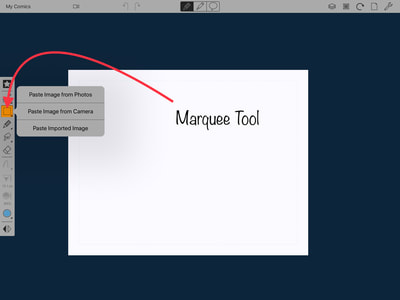
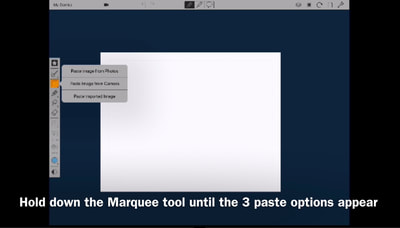
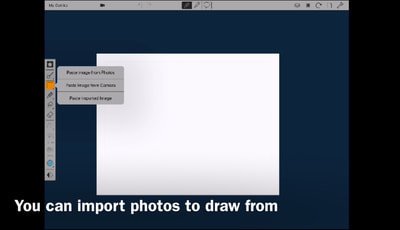
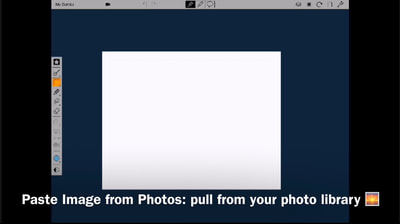
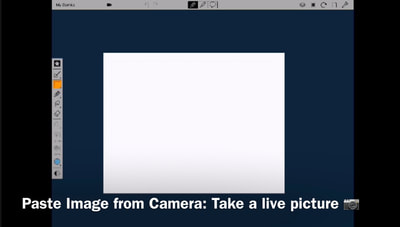
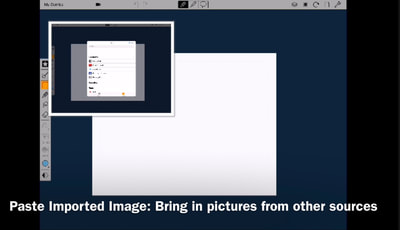
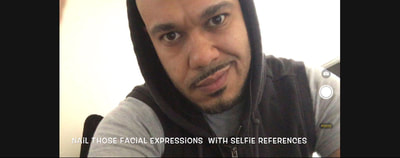
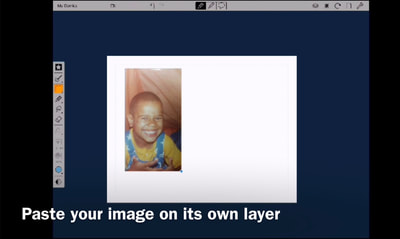
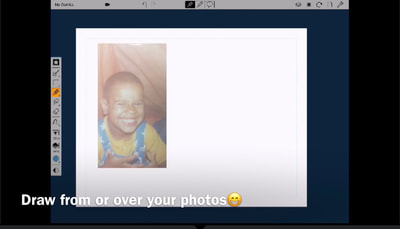


 RSS Feed
RSS Feed
